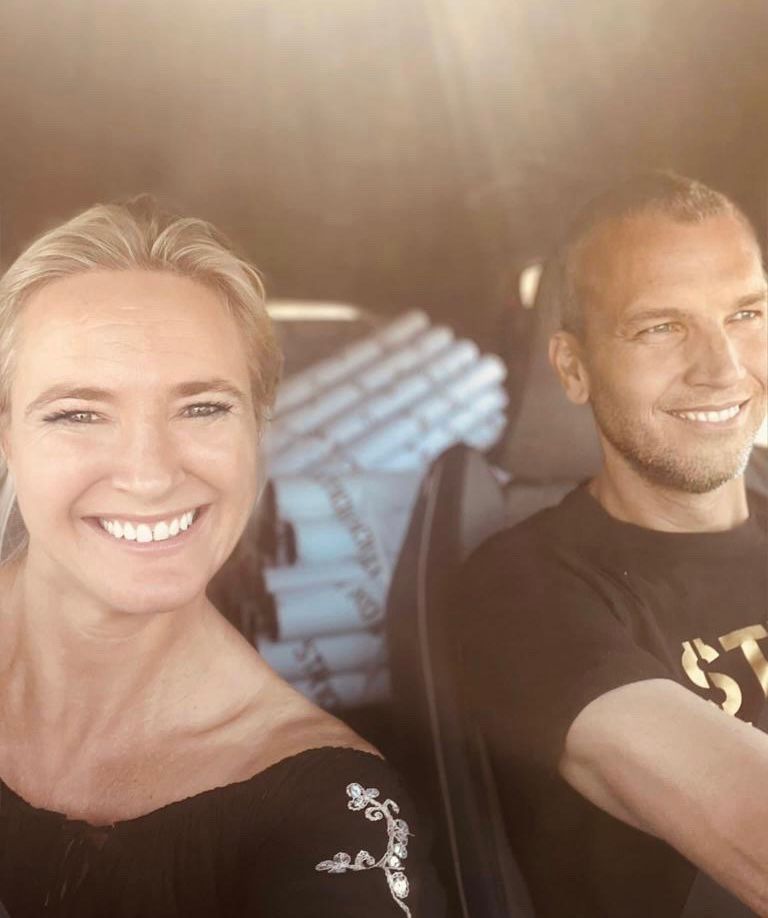This is the power of archive revival today where we have the technology to be able to zoom in on incredibly detailed originals and study parts of the whole for their beauty, their meaning and their message in and of their own right.
Being drawn to old maps must be ingrained into my DNA but it was when we were living in the jungle on the south coast of Sri Lanka that my love of illustrative cartography really took off. We had just opened our first vintage poster art and fine art print gallery in an old Dutch merchant’s townhouse in the UNESCO world heritage city of Galle Fort, and we wanted to expand our growing collection. We were selling rights cleared poster art and had our sights set on seeking out and finding further rare gem prints and watercolours from archival collections because we knew we had the technical know-how, curatorial vision and established demand with which we could give these historical artefacts a whole new lease of fade-resistance life.
I was already aware of Max Gill’s work as an early-twentieth-century British graphic designer, cartographer, artist and architect as acclaimed as he was prolific and dedicated to drawing details.. I had seen some of his early maps of London´s "Wonderground" and the headstones and war memorials lettering he designed in 1918 with the Imperial War Graves Commission; his alphabet and regimental badge designs are still used on the familiar standard military headstones today.
But it was Gill´s distinctive decorative maps that established a particular, seminal style that continues to influence artistic -mapmakers today, our own illustrative cartographers amongst them. It is the sheer extent of output and attention to detail that are, with regards to this commercial artist, unrivalled in the genre of pictorial mapmaking where this niche sits in its finest forms, right at the crossroads of the art and antique markets.
When he was commissioned in 1937 by the Crown to follow up on his ‘Ceylon: Her Tea and Other Industries’ of 1933, with a more expansive educational map showing “Where Our Tea Comes From” containing a simplified derivative map of Ceylon that is so beautiful as a stand alone graphic that we are now spotlighting it and releasing it as a vital excerpt of the original Geography-Lesson-worthy whole.
I’ll never forget where we were when we bought our first Max Gill, a mint condition 28 x 48inch linen-backed first edition lithograph of the original ‘A Great Industry - Where Our Tea Comes From’; me tramping from Koggala Lake out to the paddy fields so as not to lose the phone connection with Christie’s Auction House, where we had a good relationship with a young curator and art historian who knew immediately that we would want to become custodians of this treasure. We hadn’t even been able to see it – this was pre Whatsapp – but we trusted Irene Orgaz Garcia’s expertise so much so that we subsequently recruited her to become our Global Curator and now also equity partner.
This beautiful historical Ceylon map is such a cheerful and simplified derivative by the artist himself from his previous original in 1933 that we felt it would translate very well into smaller fine art print formats, thereby providing a valuable new addition to the “new in” collections which our returnee visitors to our original flagship gallery in Galle Fort seek each time they come back.


